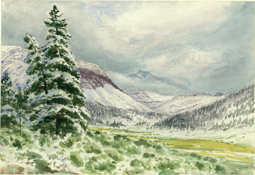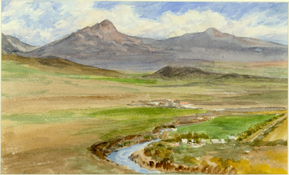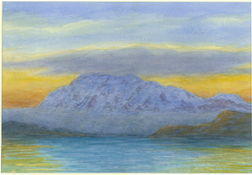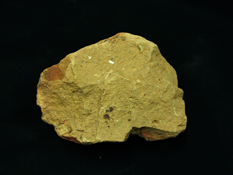Explaining the Ice Ages
Coleman's research was engaged in the theories and controversies behind Pleistocene and Precambrian glacial geology.
… The world is a unit in regard to important changes of climate, the two hemispheres having their periods of cold at the same time, though the extent of the glaciated areas may be greater in one hemisphere than the other. This means of course, that the main cause or causes of ice age are world-wide, while local causes, such as the rearrangement of land and sea affecting the currents of air and ocean, give rise to the special grouping of ice-sheets.
"Correlation of Glaciation in Northern and Southern Hemispheres," Proceedings, Fifth Pacific Science Congress, Toronto: University of Toronto Press, 1933: 900
In the article "The Spacing of Ice Ages and Early Pre-Cambrian Climates," Scientific Monthly, Vol. 20 (May 1925) Coleman discusses and dismisses the nebular hypothesis of earth's formation because it does not account for Precambrian Ice Ages.
Earlier that year, Coleman wrote a letter to the Editor of the Geographical Journal refuting Wegener's theory of continental drift, "Glaciation and Continental Drift," Geographical Journal Vol. 59, No. 3 (March 1932): 252-5. Wegener's theory came to be widely accepted.








